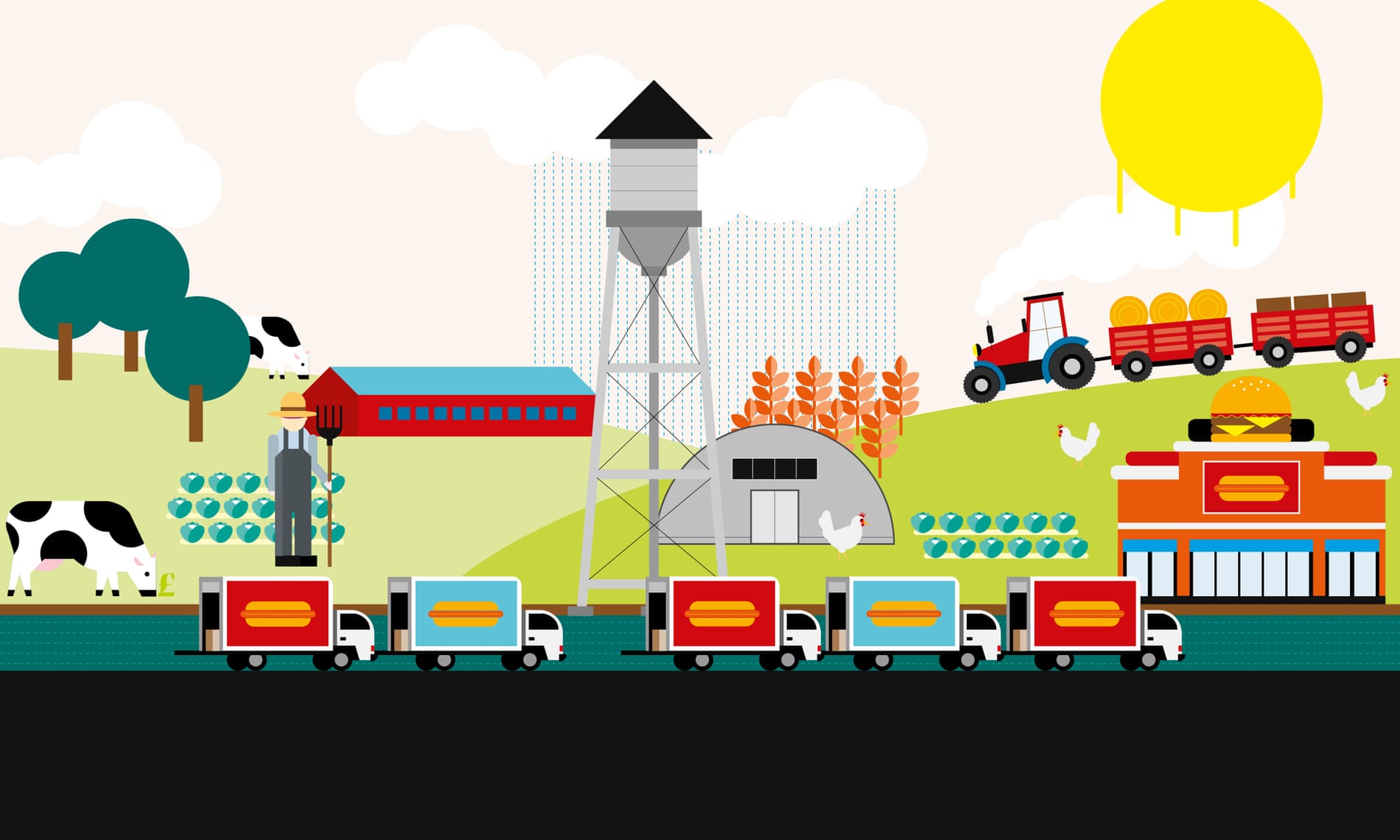The Impact of Meat Production on the Planet
By Fr. Seán McDonagh, SSC
The author is a Columban priest from Ireland. He is known around the world as an eco-theologian who is working to raise awareness on the connectedness between justice and peace issues, environmental sustainability and faith. He is currently the researcher for Justice, Peace and Integrity of Creation (JPIC) priorities of the Missionary Society of St. Columban.

Farming and food production are huge industries in today’s world. Since the beginning of the industrial revolution, the number of people directly involved in agriculture has been dropping in First World countries. Today in the United Kingdom, only 2 percent of the population are working on farms. Even so, figures from the Department of Environment, Food and Rural Affairs in 2014, estimated that the food and drinks manufacturing sector contributed £27 billion to the United Kingdom’s economy. Furthermore, 3.8 million people were employed in these industries (van der Zee, 2018).
Meat production has increased dramatically in recent years, as the consumption of meat has increased dramatically among middle class people, especially in Asia. That is why the global meat business is so enormous. In 2016, it was estimated that 317 million metric tonnes of meat were produced. It is difficult to put a cash value on all this trade, but the figures vary widely running from $90 billion and $741 billion (van der Zee, 2018).
What are some of the benefits of eating meat? Some claim that eating meat was an important step in human evolution, it enabled Homo sapiens to develop such a large brain.
But there are plenty of negative aspects with eating so much meat. People from an urban or city background might presume that meat is produced on mixed farms where the farmer is also involved in tillage, poultry and pig production. On such farms they imagine that cattle and fowl are free to roam around in the open. The reality of factory farming is very different. In the 20th century, the principles of the industrial revolution were applied to agriculture. The main goal is to minimise inputs and maximise profits. To achieve this, chickens, pigs and cattle are kept indoors and fed grain so that they will grow quickly and fatten in the right places. For example, in the 1920s, it took 112 days for a chicken to reach the market place. Today, that figure is down to 48 days. The weight has also changed dramatically. The chicken’s weight was 2.5 pounds. Today, it has increased dramatically to 6.2 pounds (van der Zee, 2018).
One of the major problems with industrial agriculture is the impact on our fresh water supplies. A study in 2013, found that farming accounted for 92 percent of our freshwater use and one-third of this was related to meat production. Now, global fresh water supplies are under enormous strain as reservoirs and aquifers disappear. A study in 2010, found that the water footprint for meat was high. For example, beef production used 8,762 litres of water per kg. Chicken production used 4.325 litres of water per kg (van der Zee, 2018).
The problems with water are not confined to how much water is used for growing the animals. Factory farmed animals contribute to water pollution in other ways, as well. Fertilisers and pesticides lead to an excess of nitrogen and phosphorus in the soil. Very often the excesses of nutrients and organic matter causes wide-spread eutrophication in rivers and lakes. There is also a growing pollution from drug residues, hormones and feed additives. Over the last few decades, the water quality of many rivers and water courses has been compromised. Pesticide pollution can kill plants and insects which are distant from the farming area. Neonicotinoid pesticides, which are nerve agents, have been shown to cause a wide range of harm to bees, such as damaging memory and reducing queen numbers. The Food and Agriculture Organization (FAO) estimates that 80 per cent of agricultural land is devoted to both grazing on lands and using land to grown crops exclusively for animals (van der Zee, 2018).
It is difficult to work out how much greenhouse gases are produced by the meat industry from farm to fork. According to the United Nations Intergovernmental Panel on Climate Change (IPCC), all the various sectors of agriculture accounts for 24 percent of greenhouse emissions globally. If you trawl through these figures and try to establish how much greenhouse gas emissions are due to the meat industry, it is not at all clear. According to Friends of the Earth’s Meat Atlas, depending on how things are measured, the figures run from 6 to 30 percent. If we are committed to reducing the impact of climate change, these figures need to drop substantially in the next decade.

Source of information for the data in his article: “What is the true cost of meat?” by Bibi van der Zee, a research study published in The Guardian, May 7, 2018 issue
